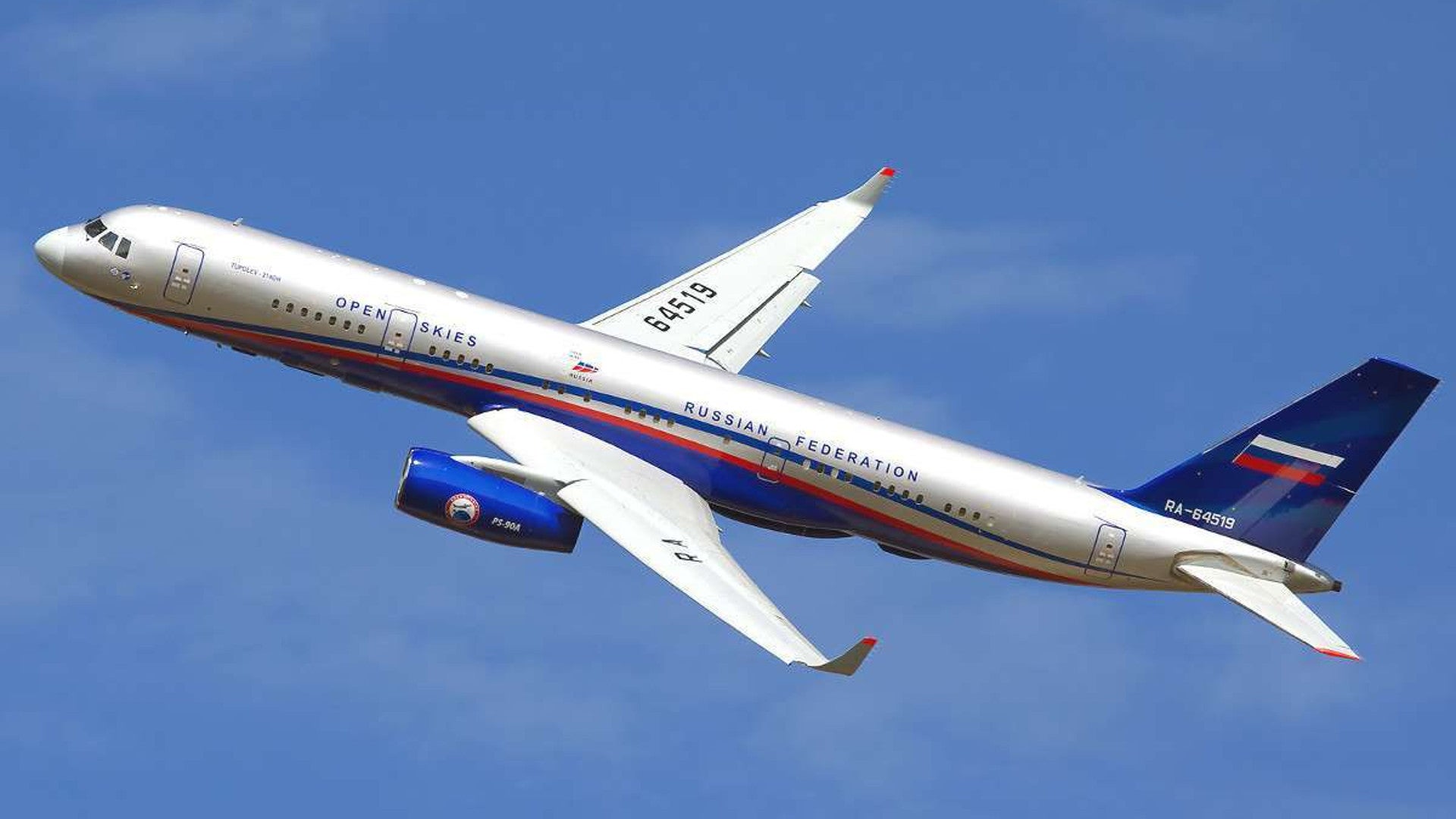U.S. officials have made an apparent snap decision to not certify that Russia’s Tu-214ON reconnaissance aircraft are in compliance with the Open Skies Treaty. This comes as members of Congress have taken an increasingly hard-line stance on the deal, which permits its members to fly legal surveillance missions over each other’s military and other sensitive facilities, claiming that Russia has been violating the spirit of the agreement with restrictions on American missions over Russia and the introduction of new sensor packages on their own planes.
On Sept. 12, 2018, the Russian government announced that the United States alone had refused to approve the two Tu-214ONs for Open Skies flights the day before. The Kremlin had begun the certification process for the aircraft in May 2018. Russia had taken delivery of the first aircraft in December 2013 and received the second one in July 2014.
“In breach of the Open Skies Treaty provisions, the head of the U.S. delegation refused to sign the final document, without giving any explanations or reasons, and citing direct instructions from Washington,” Sergei Ryzhko, head of Russia’s National Nuclear Risk Reduction Center, which oversees the country’s participation in Open Skies, told the Russian Ministry of Defense’s official news outlet Zvezda. “We insist that the US side return to the Open Skies Treaty framework and demand that the current situation be explained with reference to the treaty’s provisions.”
The Russian Ministry of Defense said that the delegations from 22 other countries that visited the Kubinka Air Base outside Moscow to inspect the Tu-214ON had all declared it to be in compliance with the treaty. A total of 72 experts from various countries, including the United States, had arrived in Russia on Sept. 2, 2018, to examine the aircraft as part of the certification process.
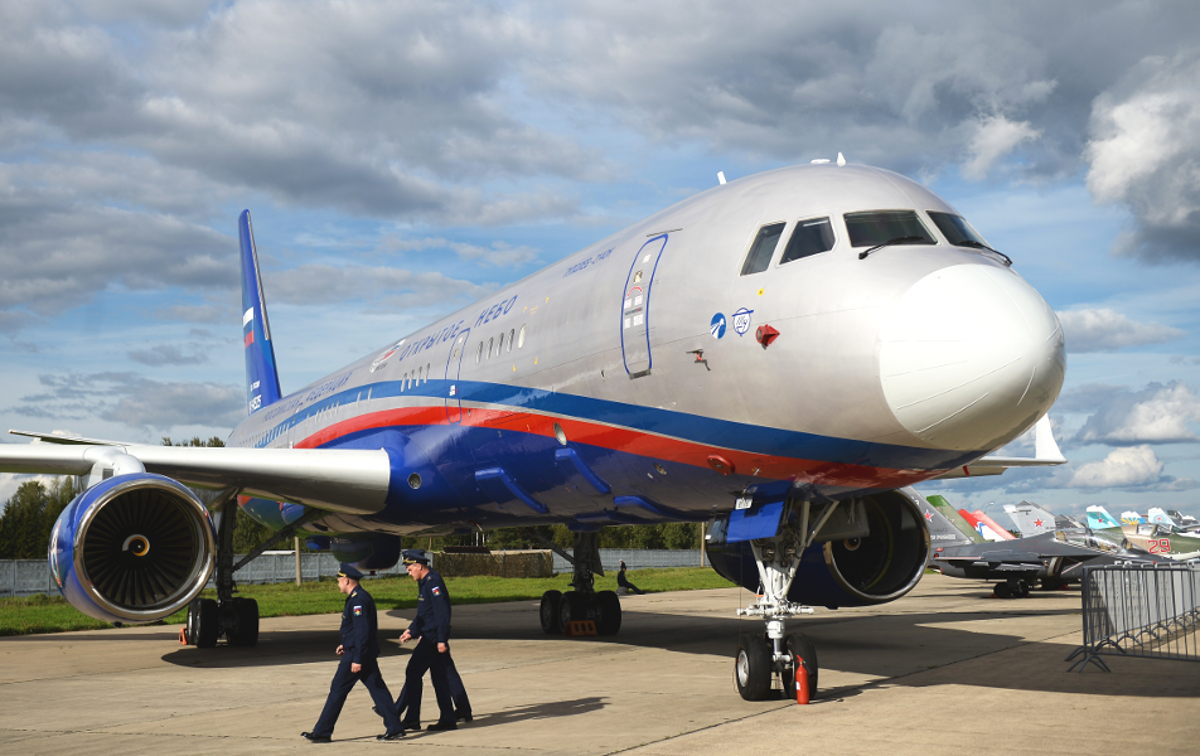
But while the United States apparently did not offer any specific reason for its refusal to approve the aircraft at the time, American opposition to aircraft is well known and dates back at least to 2014. At the core of the U.S. government’s publicly-stated complaints have been concerns about plans to install digital cameras, including ones with infrared capability, and radar imaging equipment on the Tu-214ONs.
The Open Skies Treaty does not prohibit any particular type of sensor, but it does require that they provide only limited fidelity. The goal of the agreement is to allow countries to monitor each other’s routine military activities as a confidence-building measure to help prevent any party to the deal from believing that another signatory is planning a surprise attack. In principle, it is not supposed to provide a mechanism to enable anyone to gather otherwise useful intelligence information about an opponent’s specific capabilities.
Critics of the arrangement have long argued that Russia gets more out of it than the United States does, given the former’s much more limited access to organic satellite imagery. American legislators have regularly charged that the Kremlin is seeking to further improve its ability to collect more valuable data during its Open Skies flights with the upgraded sensor packages.
It’s worth noting that the U.S. government previously certified Russia’s upgrade of its existing Tu-154M-ON aircraft to include an infrared-capable digital camera package. Neither that aircraft, nor the Tu-214ON, features a radar imaging system. So, blocking the approval for the newer aircraft does not prevent the Kremlin from gathering many of the same types of imagery on Open Skies flights.
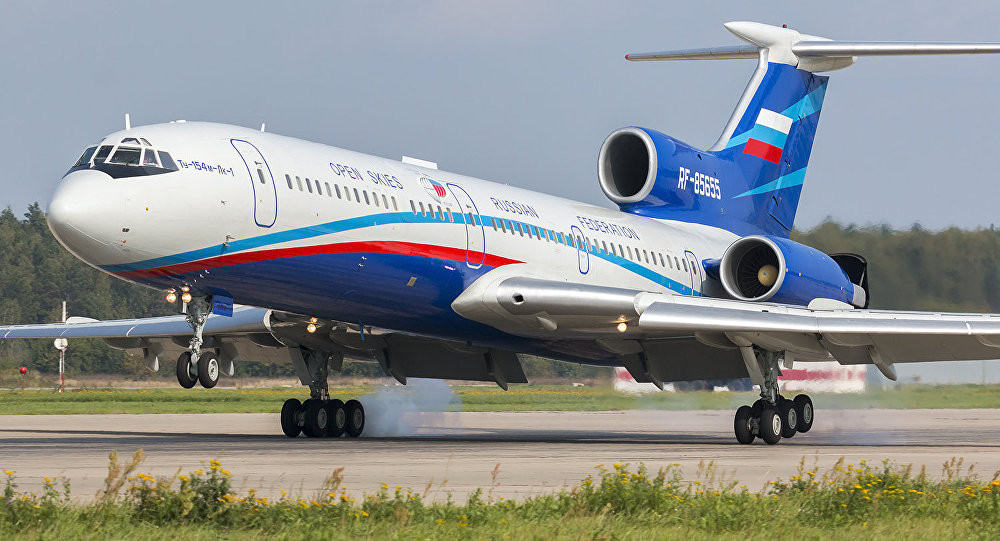
In 2014, members of Congress had attempted to insert a provision into the annual defense funding bill that would have prevented the U.S. government from using any funds to certify new Russian Open Skies aircraft or their sensors, whether they met the treaty’s requirements or not. In the end, legislators agreed to a compromise in which the Direction of National Intelligence and the Chairman of the Joint Chiefs of Staff would submit a report on the potential national security implications within 30 days of any Kremlin proposal to upgrade its planes.
In the defense spending package for the 2019 Fiscal Year, which President Donald Trump signed into law in August 2018, lawmakers succeeded in finally inserting the language some had proposed four years earlier. By law, the United States has now banned itself from spending any money – even if it gets approved in a separate bill – in the upcoming fiscal cycle, which begins on Oct. 1, 2018, on certifying Russia’s Tu-214ONs, unless the executive branch meets certain requirements.
Before the U.S. government can even consider agreeing to allow the Tu-214ONs to make Open Skies flights, the Congress wants its own certification that it wouldn’t be harmful to American national security and that Russia is otherwise complying with the terms of the treaty. In September 2017, Chairman of the Joint Chiefs of Staff, U.S. Marine Corps General Joseph Dunford, told lawmakers that the Russians were in violation of the agreement by restricting flights over Kaliningrad, Chechnya, and South Ossetia.
The Kremlin has since relaxed its position on Chechnya, but not the other locations. The U.S. has responded in kind to the Russian moves by blocking requests to fly over certain portions of Alaska and Hawaii.

On top of all this, the defense spending law demands a thorough assessment of how vulnerable sensitive U.S. military information is to the Russian Open Skies overflights with the new sensors and what it might cost to mitigate the impact of Russia’s improved surveillance capabilities. Congress also wants to know what the Kremlin is actually doing with the information it gathers during the missions and whether it might be cheaper to simply help facilitate access to equivalent commercial satellite imagery to all treaty members, except Russia.
This latter demand would seem to point to the actual objective of this provision as being to render the Open Skies Treaty increasingly unworkable with the ultimate goal of doing away with it entirely. By forcing Russia to rely primarily on its lone aging and fuel-hungry Tu-154M-ON, the United States can impose a certain de facto limit on what the Kremlin can do under the treaty immediately.
This would all fit with Congress’ complimentary decision to block the U.S. Air Force from spending any funds to replace its own increasingly old and unreliable OC-135Bs. This only limits the United States ability to conduct its own missions under the agreement.
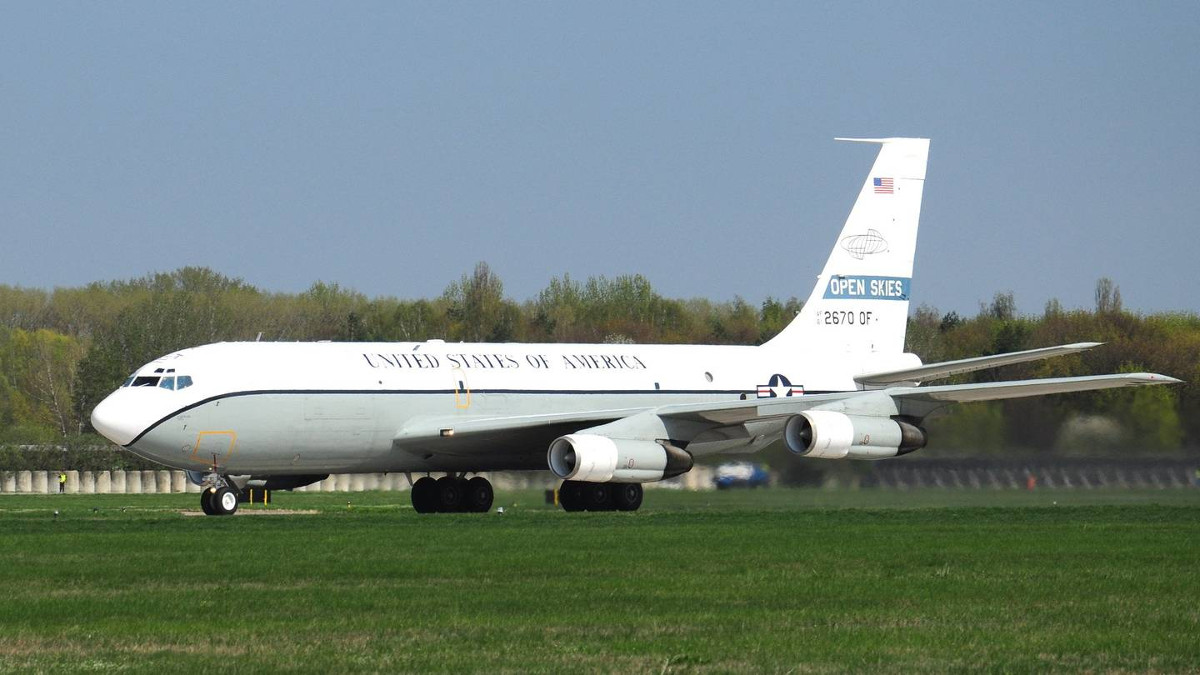
The problem is that if the Open Skies treaty collapses, it’s not just the United States and Russia who will see the impacts. The deal provides a very valuable mechanism for smaller countries to observe their neighbors’ military activities and force larger potential opponents to be transparent about what they’re doing.
It’s not at all clear whether commercial satellite imagery offers a viable substitute for the surveillance overflights under the treaty, which can occur at more irregular intervals on relatively short notice. There are intangible benefits for a smaller country, such as Ukraine, being able to legally demand access to the territory of a larger neighbor, such as Russia, even in the face of ongoing disputes, as well.
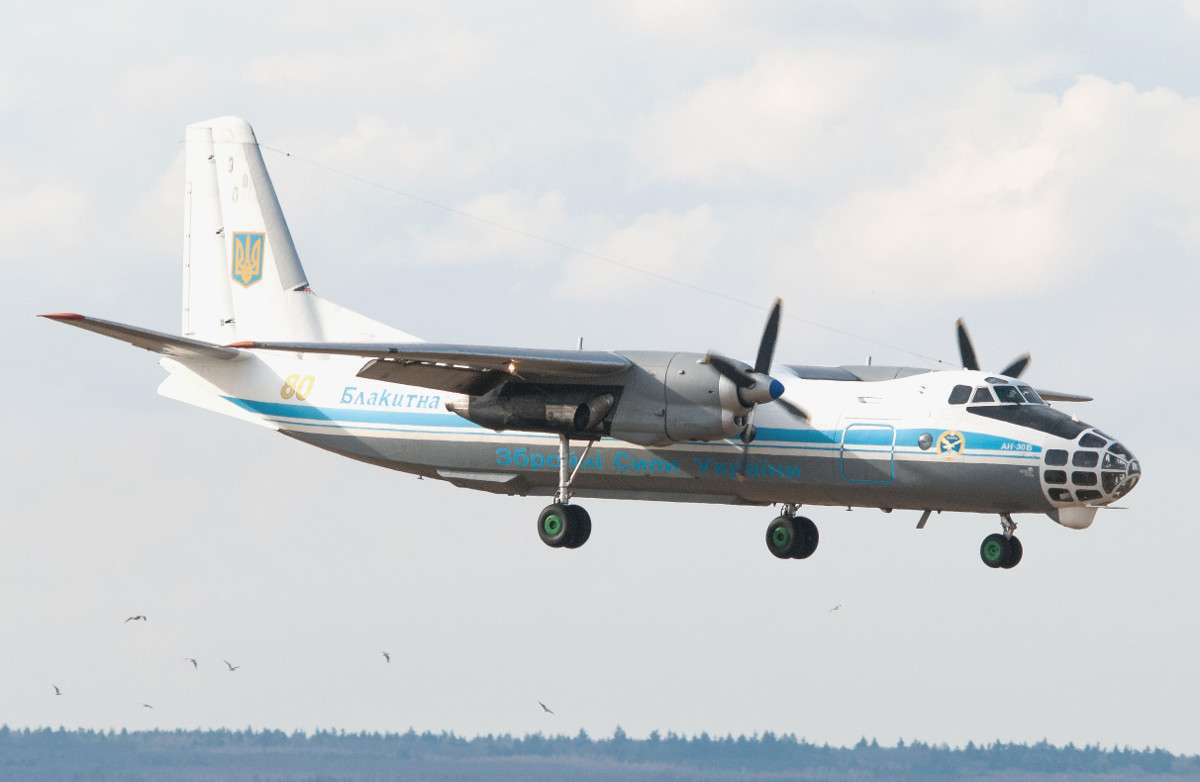
Doing away with the treaty also helps Russia erode an important arms control agreement, but without any real repercussions to the Kremlin. The United States is positioning itself as the outlier on this matter, which fits a growing Russian information warfare narrative that it is actually the U.S. government that is seeking to undermine well-established international norms.
At the same time, Russia continues to seek to weaken various other international deals. These include the Treaty on Conventional Armed Forces in Europe (CFE), which Russia has effectively refused to honor since 2007, and the Intermediate-Range Nuclear Forces Treaty (INF), which the United States says Russia is also in violation of after having deployed a long-range, ground-based cruise missile system.
It remains to be seen what steps either the United States and Russia will take now in response to this most recent dispute over Open Skies. But when the new fiscal year starts at the end of the month, the U.S. government will have little choice but to continue in its opposition to certifying the Tu-214ONs, unless it can assure members of Congress to their satisfaction that the two aircraft do not present a security risk.
Contact the author: jtrevithickpr@gmail.com
